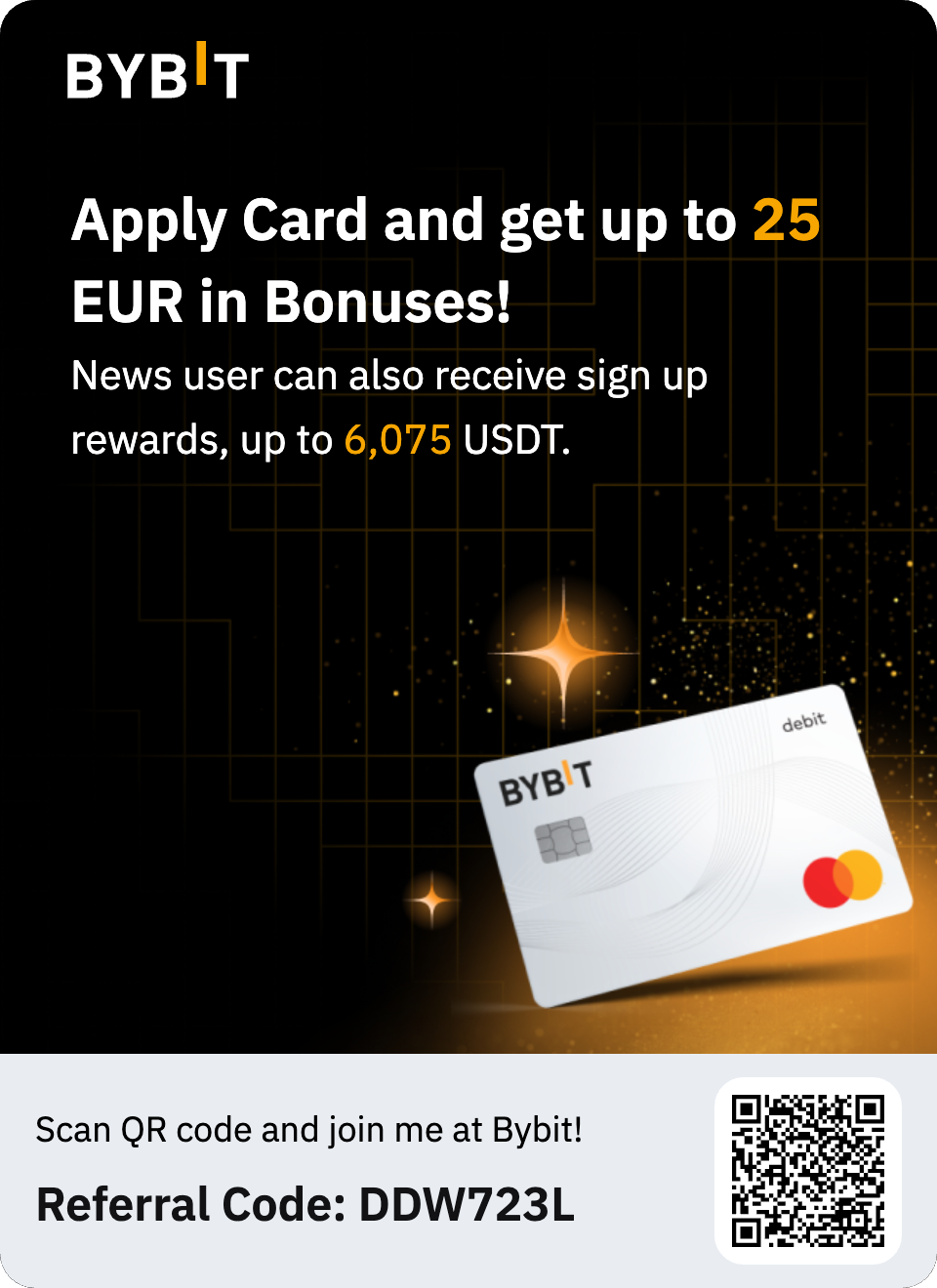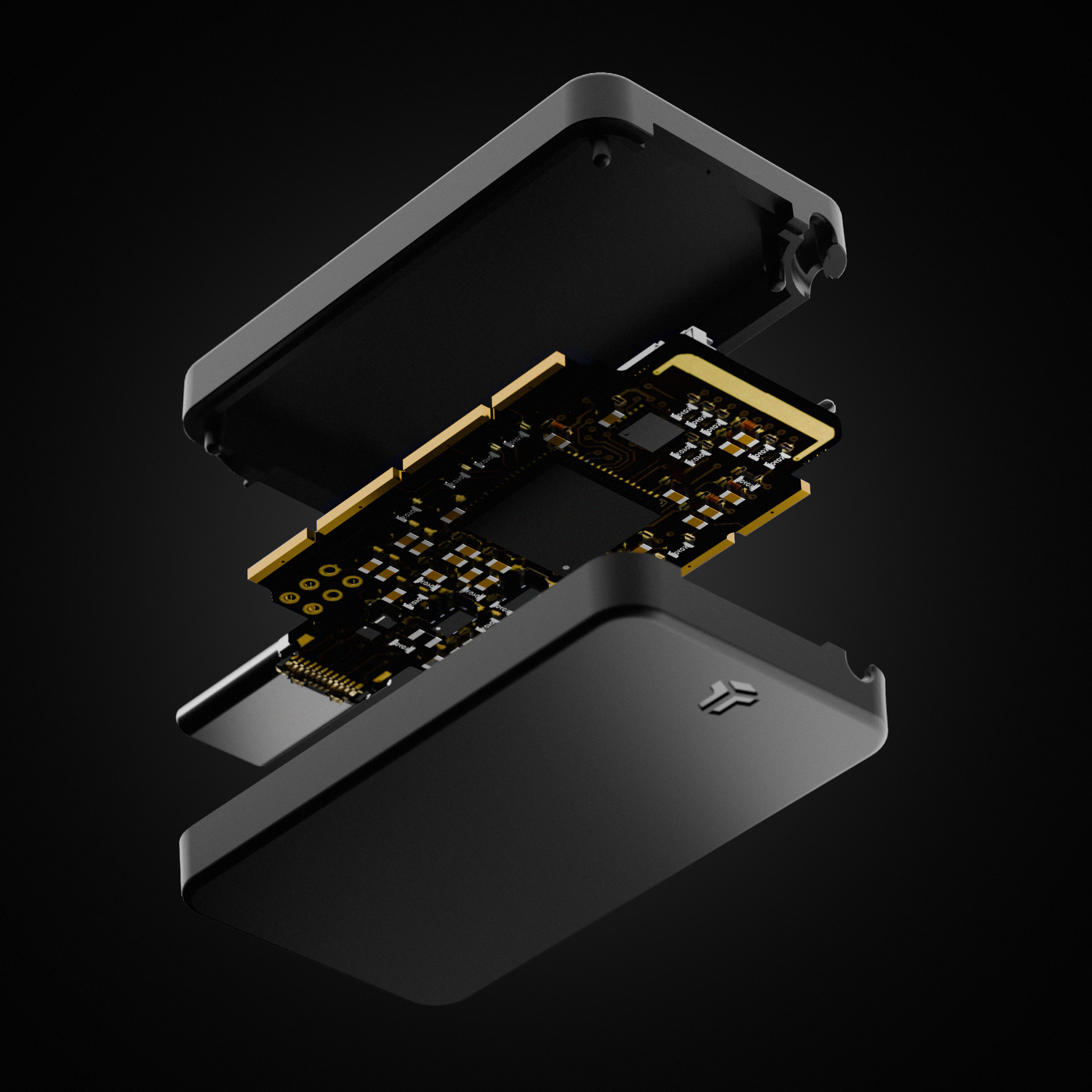Core DAO and Element Expand Bitcoin’s Role in Privacy and Staking

Core DAO and Element Wallet are working together to make Bitcoin more than just a store of value. Their goal is to allow users to participate in decentralized finance (DeFi) while ensuring strong security and privacy. Element focuses on user privacy, using encrypted messaging, while Core uses a unique consensus system to improve network security. Both organizations are committed to making blockchain easier to use and rewarding community participation through initiatives like the Sparks system. For 2025, the Core team is creating new ways for Bitcoin holders to use their BTC beyond simple storage. Many investors are happy holding their Bitcoin, but others want to use it for loans, lending, and earning rewards in DeFi. Core allows them to do this while maintaining decentralization and security. âA lot of Bitcoin holders are content with just keeping their BTC, but many want to use it in DeFi, take loans, or earn yield. Core makes all of that possible,â explained Dylan Dennis, a Core DAO contributor. Core is a layer-1 blockchain designed to integrate with Bitcoin while maintaining security. Since launching in January 2023, Core has reached a market capitalization of over $497 million. The Core DAO, which oversees its development, ensures that the blockchain remains decentralized and scalable through community-driven efforts. Core DAO members introduced BTCfi, a term describing decentralized financial services built on Bitcoinâs blockchain. This initiative combines Bitcoinâs security with modern DeFi services, allowing BTC holders to earn yield while participating in financial applications. Core supports Ethereum Virtual Machine (EVM) compatibility, allowing developers to create decentralized applications (dApps) that expand Bitcoinâs functionality. These applications enable BTC staking and more complex DeFi activities. âCore was created by Bitcoiners to scale Bitcoin. Whether you want to hold BTC securely or explore Bitcoinâs growing DeFi ecosystem with over 100 dApps, Core lets you do both,â Dennis added. To maintain Bitcoinâs decentralization, Core uses a model called Satoshi Plus Consensus. This approach involves collaboration between Bitcoin miners, CORE token stakers, and Bitcoin stakers. Bitcoin miners contribute to security by delegating their Proof-of-Work (PoW) processes to Core validators. This allows them to support both Bitcoin and Core without sacrificing mining power. Core also employs Delegated Proof-of-Stake (dPoS), where CORE token holders can enhance network security by delegating their tokens to validators. Another key feature is non-custodial Bitcoin staking. âWith non-custodial staking, users can stake BTC directly from their wallets using a time lock contract, a native Bitcoin feature,â Dennis explained. âUsers receive rewards in CORE tokens while securing the network, all without introducing new trust risks.â While Core enhances Bitcoinâs functionality, Element Wallet ensures user privacy and asset protection. Coreâs blockchain is transparent, but user data remains private. Privacy is a major concern in crypto, according to Bruna Brambatti, Marketing Manager at Element Wallet. âMany people prefer privacy. They use random usernames and NFTs instead of real pictures. Even though blockchain is open, no one knows who owns the funds in a wallet,â she said. Element Wallet is a multi-chain crypto wallet designed for seamless asset management and DeFi participation. Though it supports various blockchains, it was originally built for Core users and serves as the main interface for Coreâs ecosystem. To protect user data, Element Wallet uses end-to-end encryption, ensuring that only the recipient can decrypt messages, blocking third-party access. While Element does not store messages, it keeps communication logs without saving actual content. Messages remain stored locally on usersâ devices. The wallet also includes peer-to-peer (P2P) transfers within chats, allowing users to send payments or requests directly through messages. This feature improves both security and convenience. âWe never have access to usersâ funds or seed phrases. We believe users should control their assets completely,â Brambatti added. Core DAO and Element Wallet focus on simplifying blockchain adoption by improving user onboarding and overall accessibility. âWe are focused on making Web3 easier to use. By working closely with Core DAO, we identify ways to improve the user experience,â said Sean Schireson, Head of Product at Element Wallet. Element Wallet serves as an all-in-one platform for Core users, enabling them to buy, swap, stake, and chat in one place. âThe wallet enhances the Core ecosystem by making it simple to stake BTC, swap assets, and chat with others. Our goal is to bring the community together and improve the experience for everyone,â Dennis added. Core has also introduced Sparks, a system that rewards users for their participation. Sparks track engagement within the Core Chain ecosystem, with the most active users earning the highest rewards. Users can also earn Sparks by interacting with Element Wallet. Schireson concluded: âWe want blockchain to feel as easy as any app people already use. Weâre not reinventing the wheelâweâre just improving the experience.â With a focus on security, privacy, and usability, Core DAO and Element Wallet are driving Bitcoinâs adoption in DeFi.


